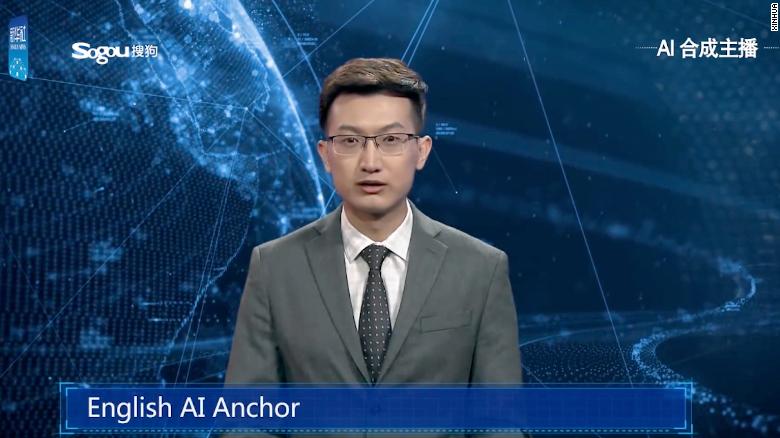Xinhua, China's news agency, showed its "artificial intelligence news
anchor" on Wednesday at an internet conference in the eastern city of
Wuzhen.
"Hello, you are watching English news program. I
am AI news anchor in Beijing," the computer-generated host announced in a
robotic voice at that start of its English-language broadcast.
Developed by Xinhua news
agency and Chinese search engine company Sogou, the anchor can simulate human
voice, facial expressions and gestures. It can also
Xinhua believes China's
state-run TV channels will show interest and acquire the technology to use in
the future since it "can reduce news production costs and
improve efficiency."
But some experts are skeptical about the kind of
news-watching experience an AI news anchor offers.
Users of China's micro-blogging site Weibo were not completely convinced by the virtual
presenter. "His voice is too stiff, and there are problems with the
pauses," said one user.
"It's quite difficult to watch for more than a
few minutes. It's very flat, very single-paced, it does not have any emphasis," Michael Wooldridge from the University of Oxford told the BBC.
China operates one of the most aggressive media
censorship regimes in the world and, at the same time, it is constantly
innovating its newsrooms.
In 2015, China's Dragon TV used Microsoft's XiaoIce
chatbot for a weather report on its live breakfast show. The AI computer
program delivered the forecast in a "cute" female voice.
AI technology is
becoming more commonly used by news organizations worldwide.
The Associated Press wire service uses sophisticated
computer algorithms to write thousands of automated stories a year.
The Washington Post uses a bot system called Heliograf to write
texts that humans can add to breaking news events.
You can also watch the video by clicking on the Play Button
Article from CNN


